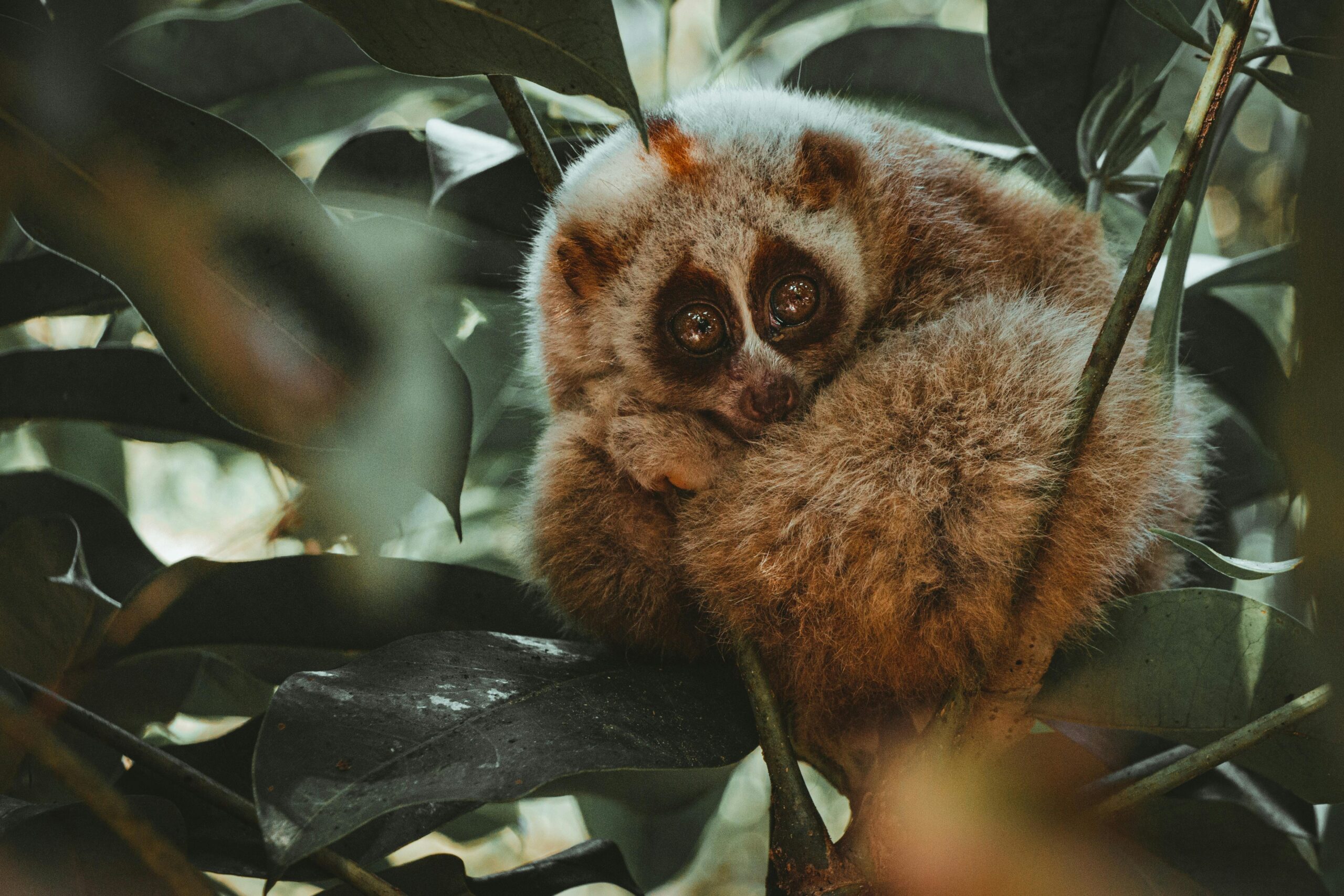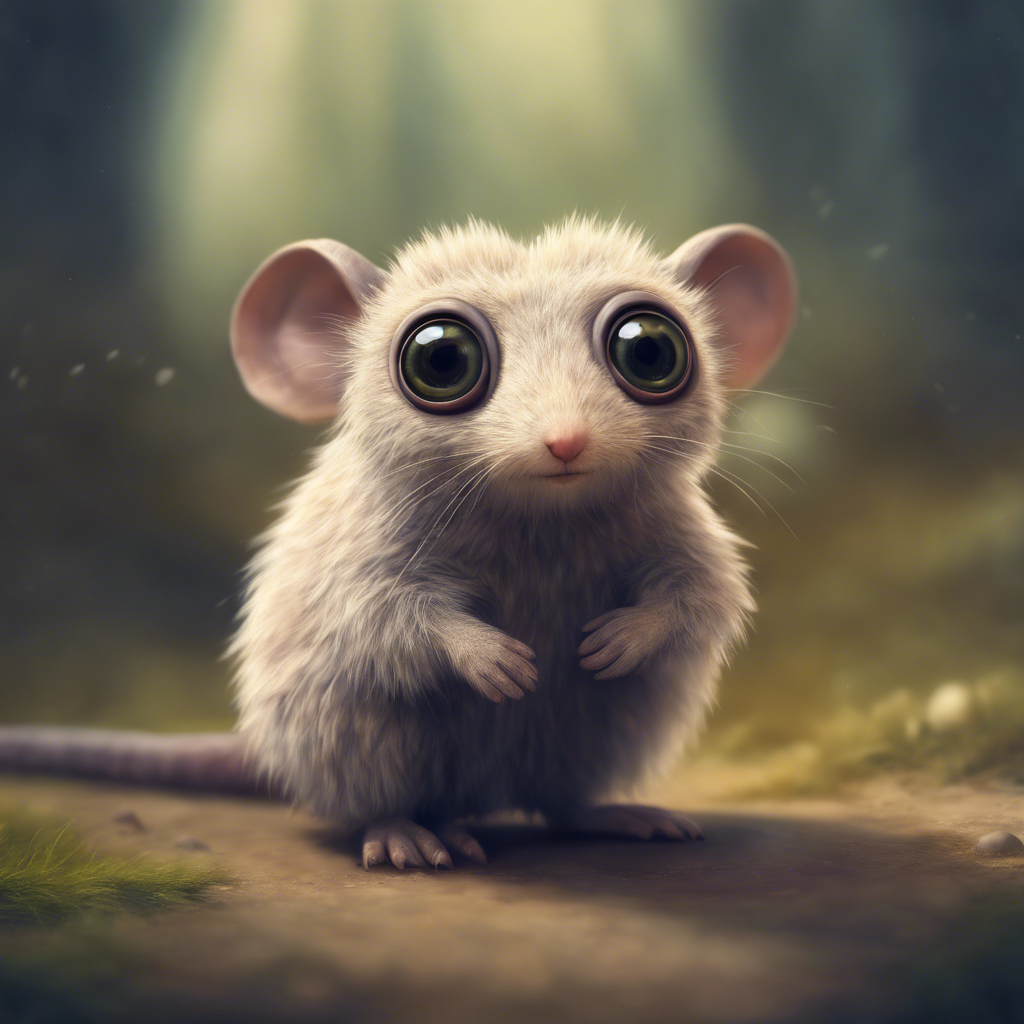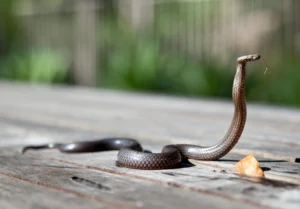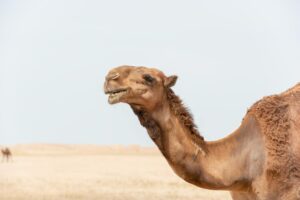Cute and beautiful animals Part 2

The slow loris is a small, nocturnal primate known for its cute appearance and slow movements. It is native to Southeast Asia and is often found in tropical forests. The slow loris has a round head, large eyes, and a snout-like nose. It has a unique feature called a “toxic bite,” where it secretes a venom from glands in its elbows, which it can lick and use to defend itself.Due to their adorable appearance, slow lorises are unfortunately often kept as pets, which is illegal and harmful to their well-being. They are also threatened by habitat loss and the illegal wildlife trade.
Habitat and reproduction of Slow Loris
The slow loris is native to Southeast Asia, specifically found in countries such as Cambodia, Indonesia, Laos, Malaysia, Thailand, and Vietnam. These regions provide the ideal habitat for slow lorises, which include tropical rainforests, bamboo forests, and secondary forests.
In terms of breeding, slow lorises typically give birth to one or two offspring at a time. They have a gestation period of around six months, and the young are born with their eyes open and cling to their mother’s belly or back. Slow lorises are known to have relatively low reproductive rates compared to other primates.
Slow loris Diet
Slow lorises are omnivorous and their diet primarily consists of fruits, gums, nectar, insects, and small vertebrates. They have a specialized toothcomb that allows them to scrape gum and nectar from trees. Their long, slender fingers and strong grip help them in foraging and capturing prey.
In terms of fruits, slow lorises consume a variety of ripe fruits such as figs, berries, and bananas. They also feed on the sap and gum of trees, which provide them with a good source of carbohydrates and energy.
Insects play a significant role in their diet, including beetles, ants, termites, and spiders. Slow lorises have a slow and deliberate hunting technique, using their strong grip and precise movements to catch their prey. They may also eat small vertebrates like birds, lizards, and other small mammals if the opportunity arises.
It’s worth mentioning that the specific diet of slow lorises may vary depending on their habitat, season, and availability of food sources.
One of the key focuses of conservation efforts is raising awareness about the illegal pet trade. Slow lorises are often captured from the wild and sold as pets, despite being protected by laws. Education campaigns aim to inform the public about the cruelty involved in keeping slow lorises as pets and to discourage the demand for them.
Habitat protection is another crucial aspect of slow loris conservation. Deforestation and habitat loss due to agriculture, logging, and urbanization have significantly impacted their natural habitats. Conservation organizations work to preserve and restore forests, ensuring that slow lorises have suitable habitats to live in.
Efforts are also being made to combat wildlife trafficking and illegal trade. Law enforcement agencies collaborate with conservation organizations to crack down on the smuggling and sale of slow lorises, imposing stricter penalties on offenders. This helps deter illegal activities and protects slow lorises from being exploited.

Furthermore, research and monitoring play a vital role in understanding slow lorises’ behavior, population status, and habitat requirements. By studying their ecology and biology, conservationists can develop effective strategies for their protection and management.
Overall, slow loris conservation efforts focus on raising awareness, protecting habitats, combating illegal trade, conducting research, and involving local communities. By addressing these aspects, we can strive to safeguard the future of these unique and endangered primates.




